Gallery
Photos from events, contest for the best costume, videos from master classes.
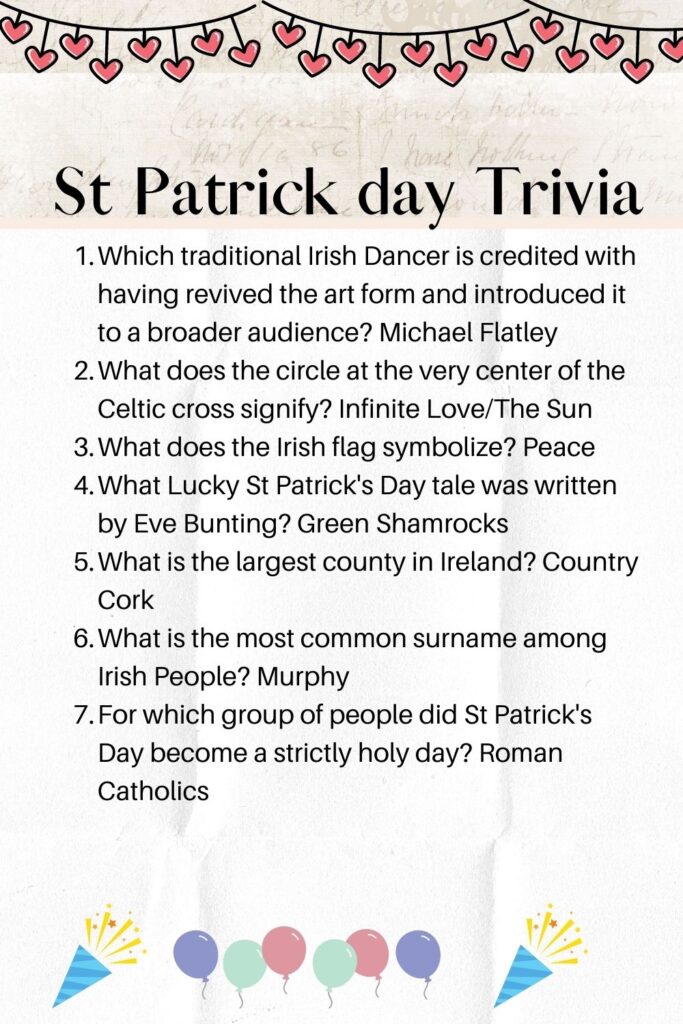 |  |
 |  |
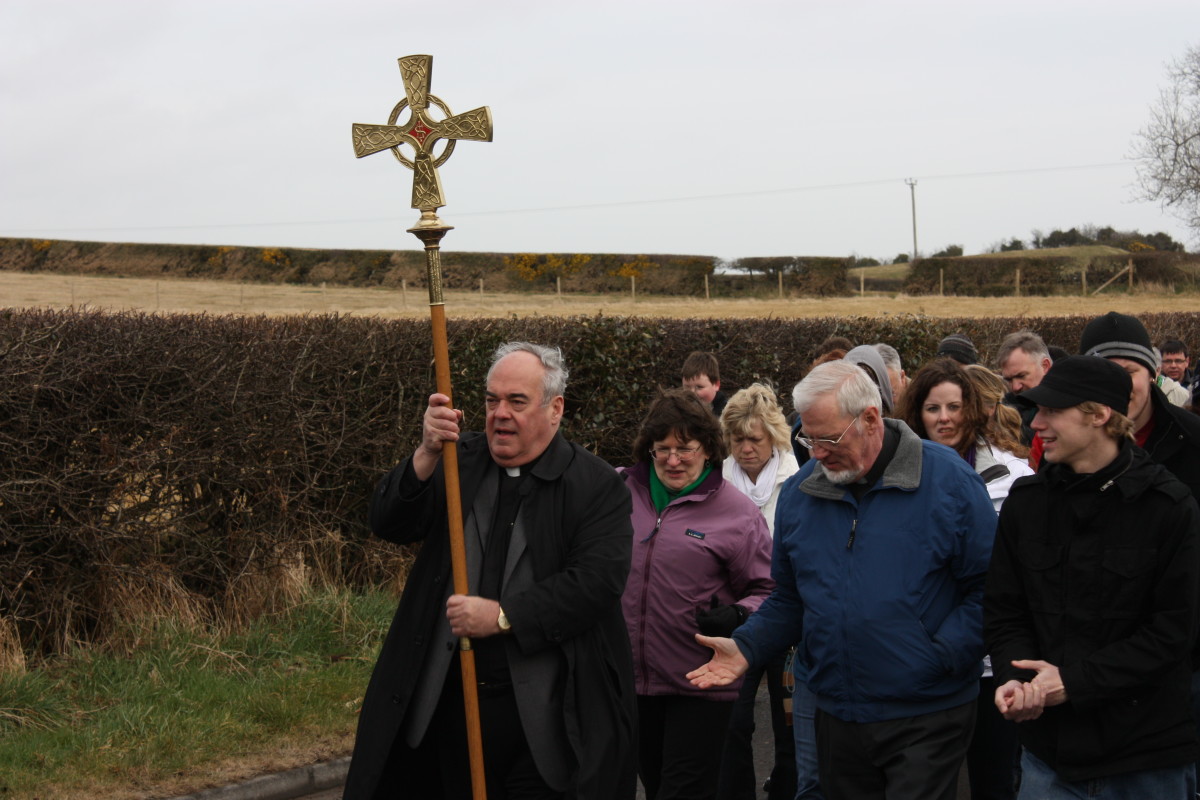 |  |
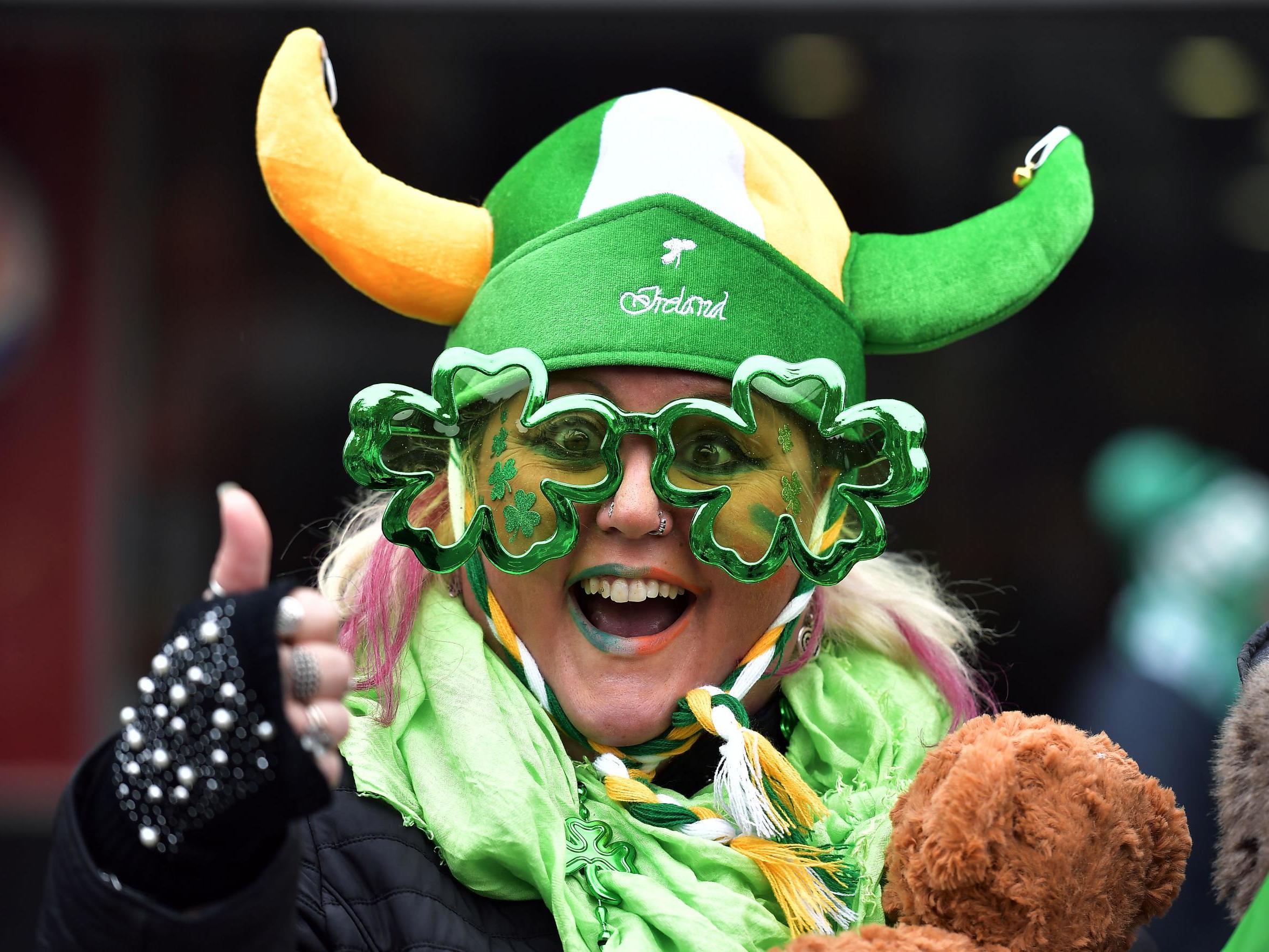 |  |
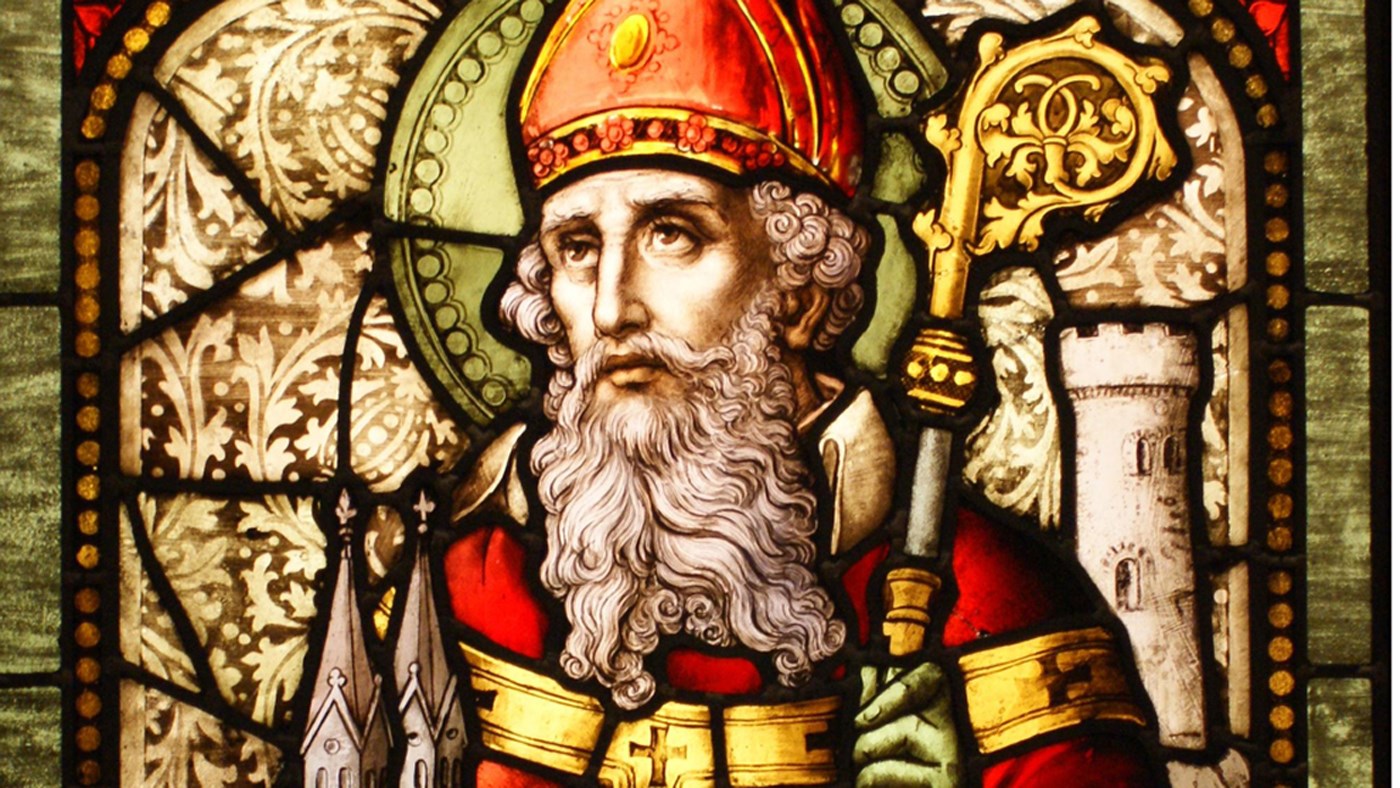 |  |
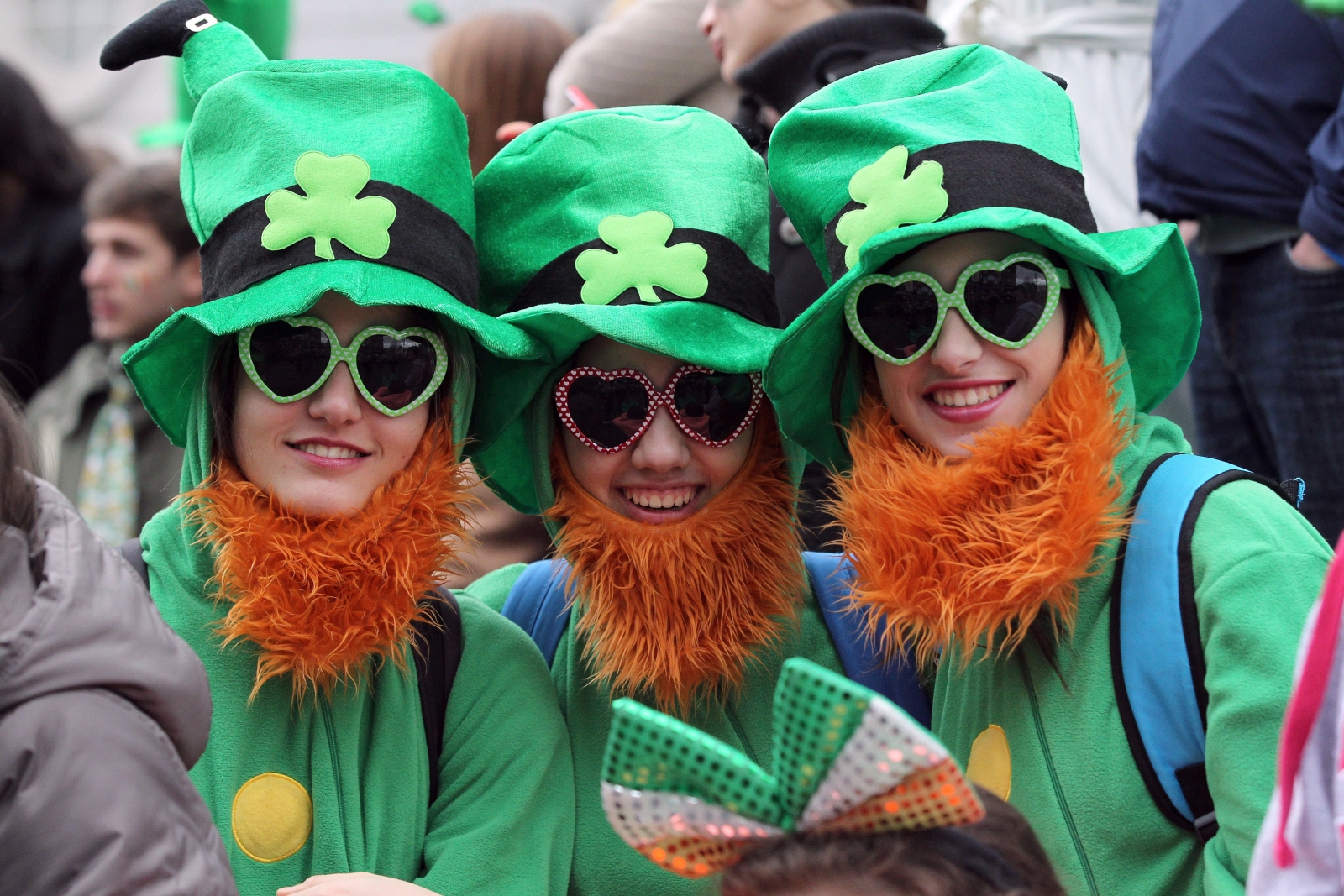 | 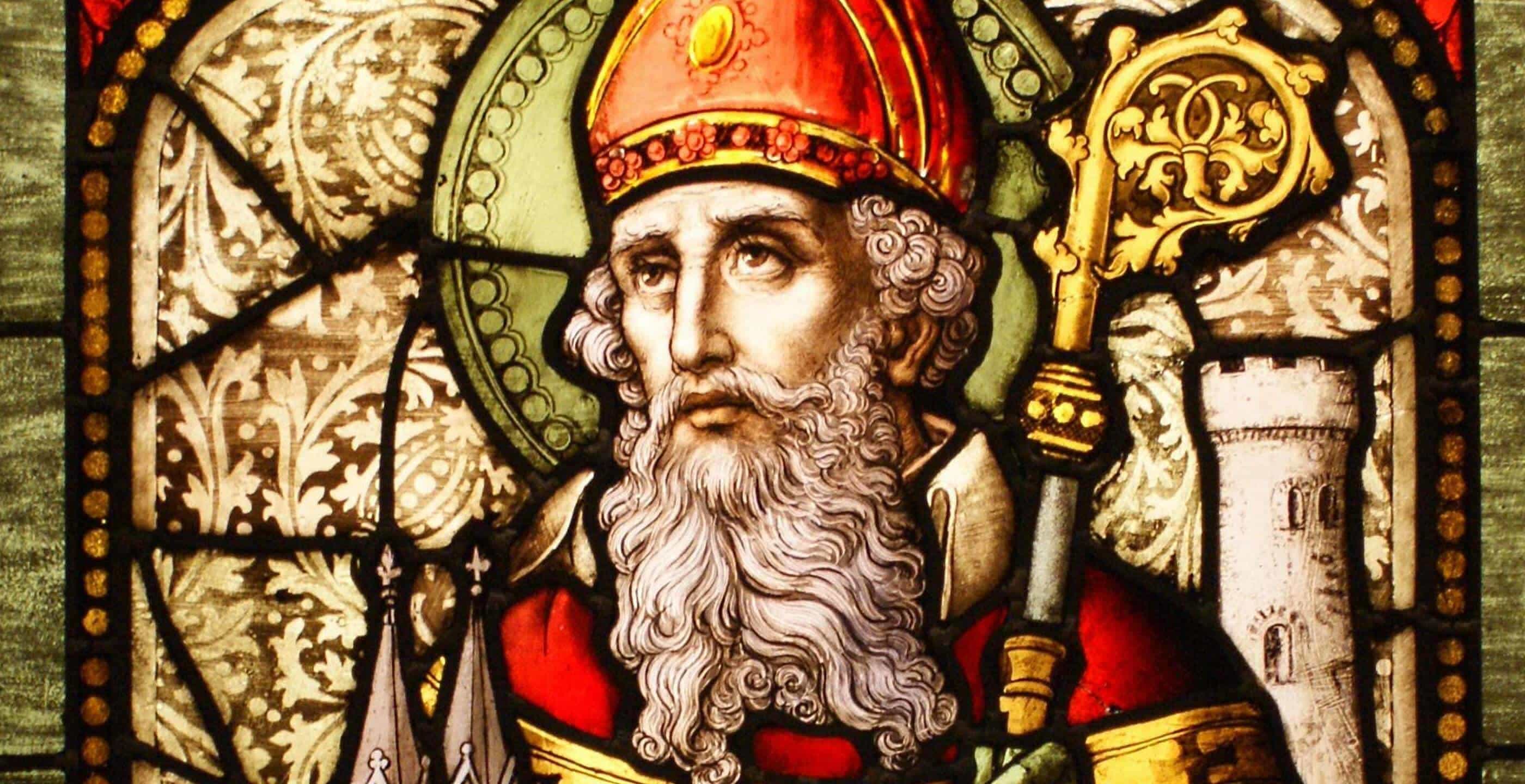 |
St. Patrick’s Day is a global celebration of Irish culture that takes place annually on March 17, the anniversary of the patron saint of Ireland's death in the fifth century. The holiday has 1. Dry St. Patrick’s Days Until the 1960s! You might be shocked to learn that for much of Ireland’s history, St. Patrick’s Day was actually a dry holiday. So, How Did That Happen? St. Patrick’s Day is a Catholic feast day, and for years, it was a serious religious day in Ireland. Over the years, Patrick became "strongly identified" with Ireland and would become one of its three patron saints, along with St. Brigid and St. Columba, Waidler said. Happy St. Patrick's Day Quotes and Messages; Because St. Patrick’s Day falls during Lent, it became a day for Christians to take a break from the abstinence practiced during the weeks leading up to Easter. By the 1700s, the holiday had started to take a decidedly more festive turn than its founders had intended. Centuries after his death, which some sources cite as March 17, 461, although the exact date is unknown, Patrick became the patron saint of Ireland, and March 17 became a holy day of obligation St. Patrick’s Day usually conjures images of partying, Catholicism, Irish nationalism and, perhaps most famously, the color green: green clothes, green shamrocks, green beer and green rivers. Although it was a public holiday, Northern Ireland's unionist government did not officially observe St Patrick's Day. [86] During the conflict known as the Troubles (late 1960s–late 1990s), public St Patrick's Day celebrations were rare and tended to be associated with the Catholic community. [86] St. Patrick’s Day didn’t become an official Irish public holiday until 1903 with the introduction of the Bank Holiday (Ireland) Act 1903. This act was introduced by Irish Member of Parliament Every March 17, people across the world throw on green, grab a Guinness (or a shamrock shake depending on their vibe) and celebrate St. Patrick’s Day with parades, parties and questionable attempts at an Irish accent. But for all the revelry, how much do we really know about St. Patrick? St Patrick’s Day. St Patrick is celebrated on the anniversary of his death on 17 March. At first it was a day of remembrance, but over time St Patrick’s Day has evolved into a major national and patriotic holiday in Ireland, and sometimes more so, among Irish communities and people of Irish heritage around the world. Every March 17th, the world turns green in celebration of St. Patrick’s Day—a vibrant tribute to Ireland’s patron saint. Parades march through Dublin, shamrocks adorn lapels, and pints of Guinness flow freely. But as the confetti settles in 2025, a quieter curiosity emerges. Who was St. Patrick beyond the festivities? What hidden stories linger beneath Long before it became a worldwide celebration filled with traditional food, music, and pints of Guinness, St. Patrick’s Day was a quiet and solemn religious feast day in Ireland. For centuries, March 17 was dedicated to honoring St. Patrick’s role in bringing Christianity to Ireland, and the day was primarily observed through prayer, church The Early Celebrations of St. Patrick’s Day. For centuries, St. Patrick’s Day was a solemn holiday observed in Ireland as a feast day in honour of its patron saint. The day was first officially recognised in 1631 by the Catholic Church, emerging from longstanding reverence for Patrick’s role in shaping Irish identity. For more than 1000 years, St. Patrick’s Day has been celebrated in Ireland every year on 17 March. Over the years, the religious holiday commemorating the death of Saint Patrick, the patron St. Patrick's Day, observed annually on March 17, marks the feast day of St. Patrick, the patron saint of Ireland. St. Patrick was a 5th-century missionary credited with bringing Christianity to It started as a small dispensation with Irish immigrants on the feast day of St. Patrick (Patton Patron Saint of Ireland). It was a break from the fasting of Lent and then because of that it became a party and feasting day that caught on as a generalized party day. In Ireland, St. Patrick’s Day was traditionally observed as a religious holiday until the 1970s when the government recognized the potential for tourism and cultural celebration. Since then, St. Patrick’s Day has become a national holiday in Ireland, characterized by parades, parties, and festivals that draw crowds from all corners of the Saint Patrick's Day was originally a religious holiday, not a day to party In 1903, Irish law declared St. Patrick’s Day as a day of religious observance. Up until the 1970s, pubs were closed on Originating from Ireland, St. Patrick's Day celebrates Saint Patrick, a 5th-century church leader who converted Ireland to Christianity. According to tradition, the annual holiday falls on the day Fun facts about St Patrick’s Day and other things to know. Did you know? St Patrick’s Day only became a religious holiday in Ireland in 1903. As a result of St Patrick’s Day being a religious holiday, pubs had to close on St Patrick’s Day until the 1970s, when it was reclassified as a national holiday.
Articles and news, personal stories, interviews with experts.
Photos from events, contest for the best costume, videos from master classes.
 |  |
 |  |
 |  |
 |  |
 |  |
 |  |